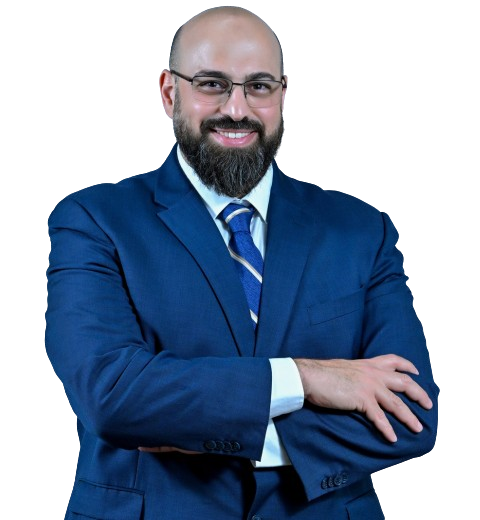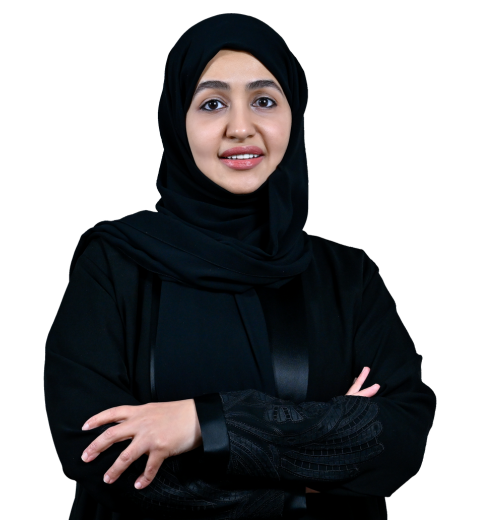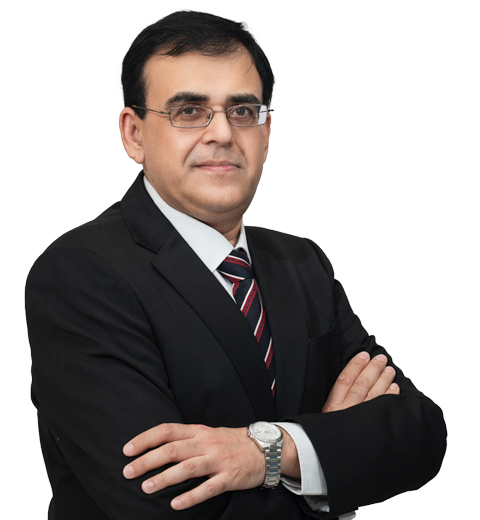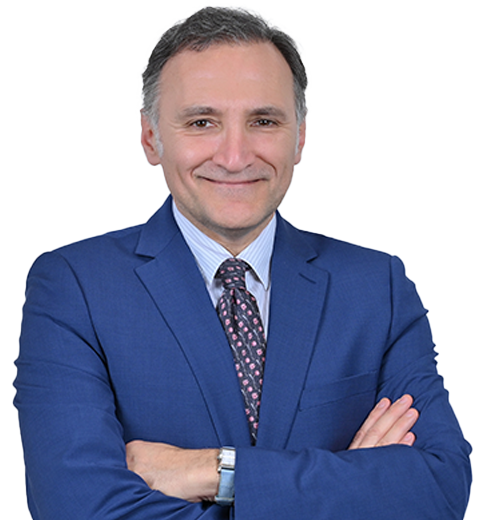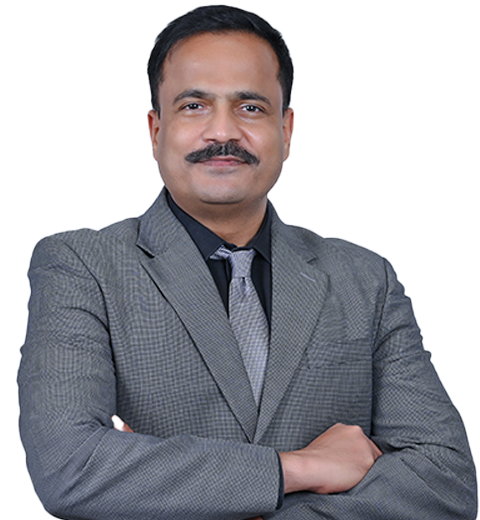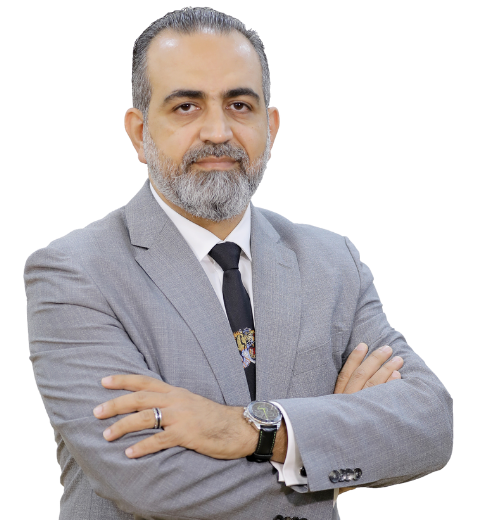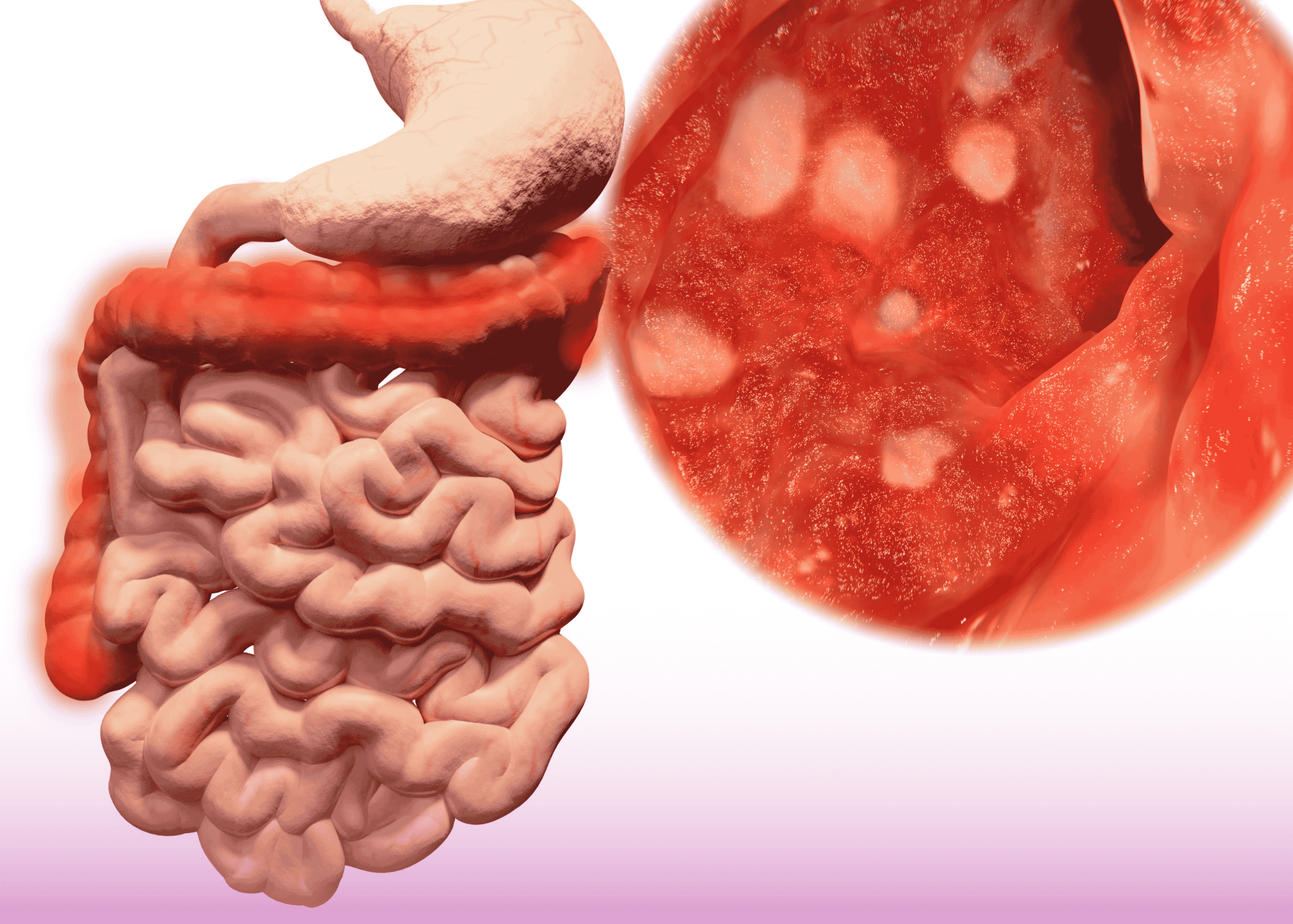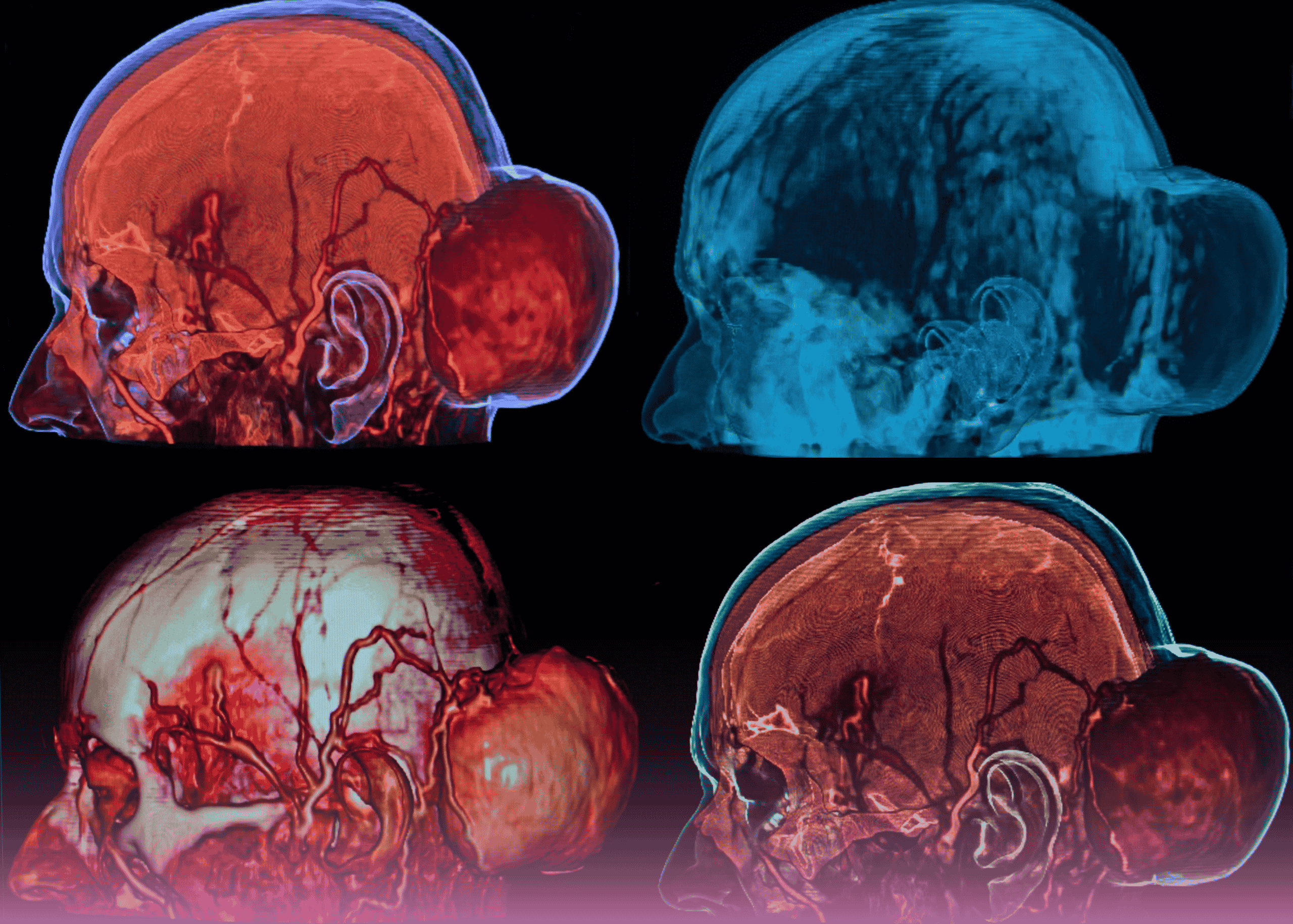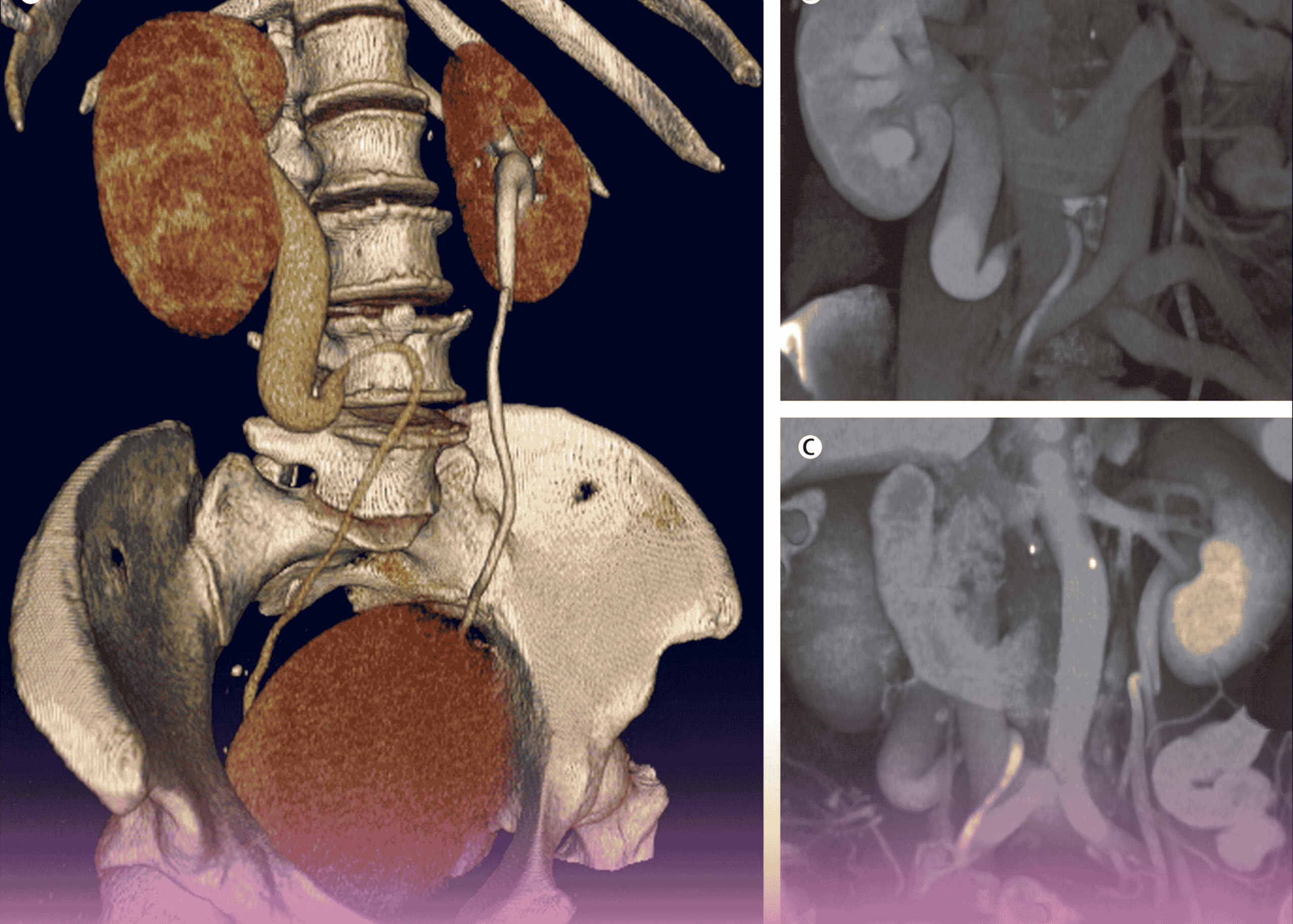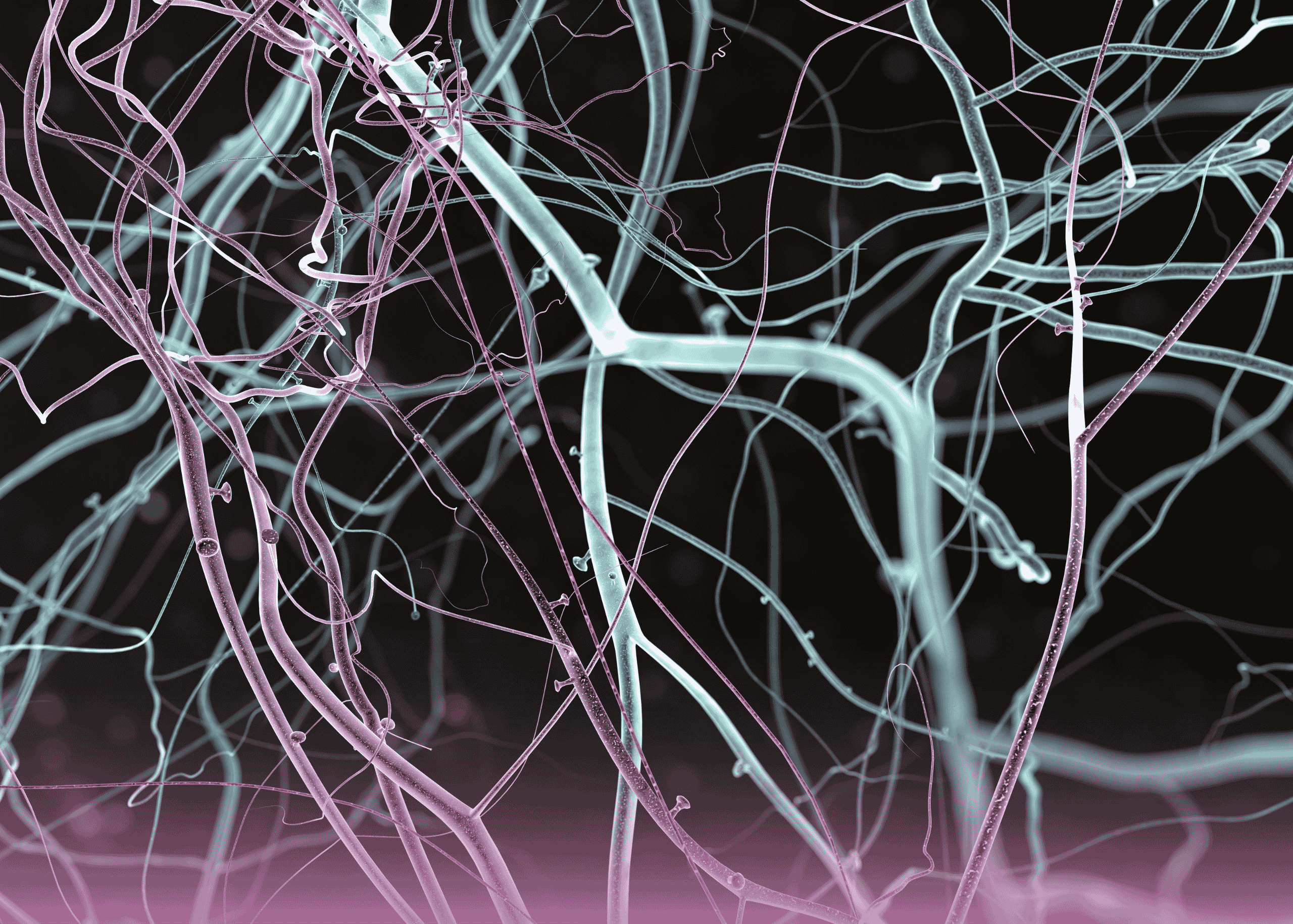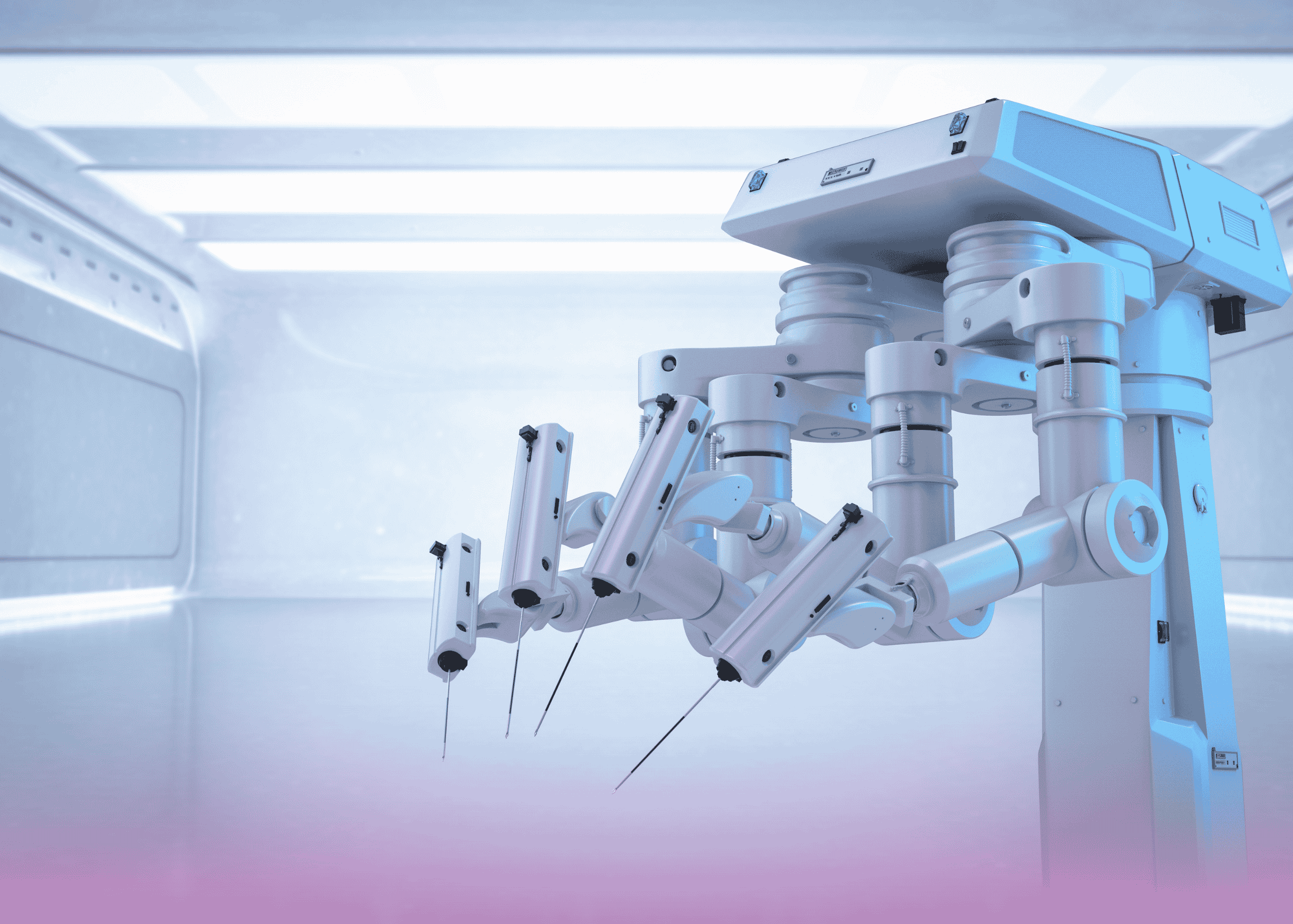A thyroid goitre, which refers to the abnormal enlargement of the thyroid gland, is a common medical condition. While some goiters remain small and harmless, others may lead to significant thyroid problems that require more than just routine monitoring. If you or someone you care about has been diagnosed with a goitre, you may be wondering: Is surgical intervention necessary?
Understanding when a thyroid goitre needs to be surgically removed is crucial to managing your thyroid health and maintaining proper metabolism.
When Should a Thyroid Goitre Be Surgically Removed?
Not all thyroid goitres require surgery. The decision to operate depends on multiple factors such as size, symptoms, thyroid function, and potential malignancy. Here are key indicators that your goitre might need surgical treatment:
Size and Pressure on Nearby Structures
When a thyroid goitre grows significantly, it can begin to compress adjacent structures in the neck. This can lead to:
- Breathing difficulties, especially when lying flat
- Trouble swallowing solid foods
- Persistent coughing or a choking sensation
- Hoarseness from pressure on the vocal cords
These symptoms often indicate that the goitre is affecting daily life and surgery might be recommended.
Suspicious Thyroid Nodules
Thyroid nodules are often found within a goitre and are usually benign. However, in cases where a fine-needle aspiration biopsy or ultrasound suggests malignancy, surgery is often necessary to remove part or all of the thyroid gland to prevent further complications.
Overactive Thyroid (Hyperthyroidism)
In certain instances, thyroid goitre is linked to hyperthyroidism, an overproduction of thyroid hormones. Conditions associated with this include:
- Toxic multinodular goitre – multiple nodules that produce excess hormones
- Graves’ disease – an autoimmune condition that causes overactivity of the thyroid
If medication or radioactive iodine therapy fails, surgical removal may become the best treatment option to restore hormonal balance and metabolic stability.
Cosmetic and Quality of Life Concerns
A visibly enlarged goitre can affect a person’s appearance and confidence. In such cases, patients may opt for surgery to address the cosmetic impact, especially if the goitre is large or growing.
Types of Thyroid Surgery for Goitre
The surgical approach depends on the size and nature of the thyroid goitre:
- Lobectomy (Hemi-thyroidectomy): Removal of one lobe of the thyroid if the goitre is confined to one side.
- Subtotal (Near-total) Thyroidectomy: Most of the gland is removed, leaving a small portion intact to preserve some function.
- Total Thyroidectomy: The entire thyroid gland is removed. This is usually done when the goitre is large, cancerous, or linked to severe hyperthyroidism.
What to Expect from Surgery and Recovery
Thyroid surgery is typically performed under general anaesthesia and usually lasts 1–2 hours. Most patients are discharged within one- or two-days post-operation.
Recovery May Involve:
- Mild neck pain and temporary voice changes or hoarseness
- Thyroid hormone replacement therapy, especially after a total thyroidectomy
- Ongoing follow-ups to monitor thyroid hormone levels and adjust medication as needed
Final Thoughts: When to See an Endocrinologist or Thyroid Surgeon
If your thyroid goitre is causing discomfort, impacting your breathing or swallowing, or contains suspicious thyroid nodules, surgical removal may be the most effective solution. However, if the goitre is small, asymptomatic, and benign, it may only require observation or medication.
Consulting an endocrinologist or a qualified thyroid surgeon is essential in determining the most appropriate treatment plan for your condition. Early intervention can prevent complications and support a healthy thyroid gland and metabolism.



